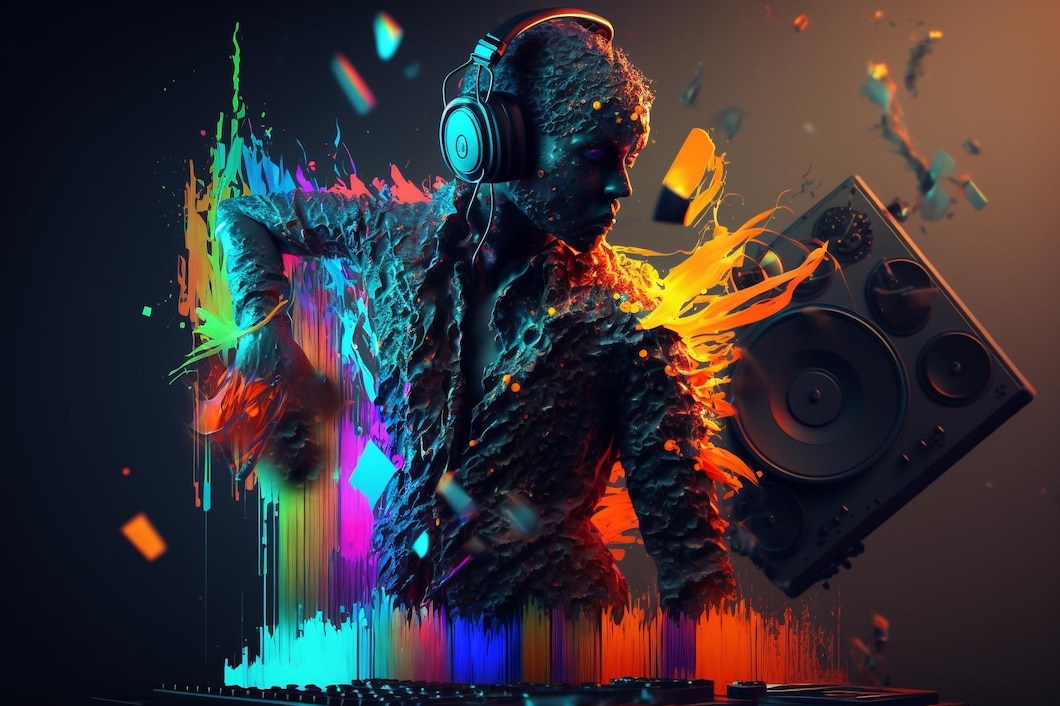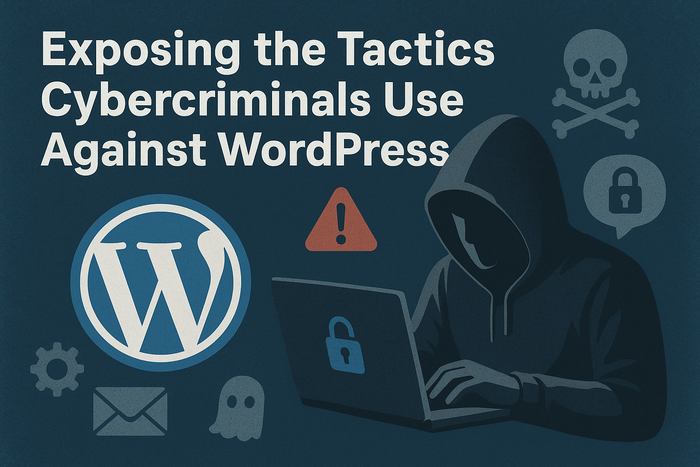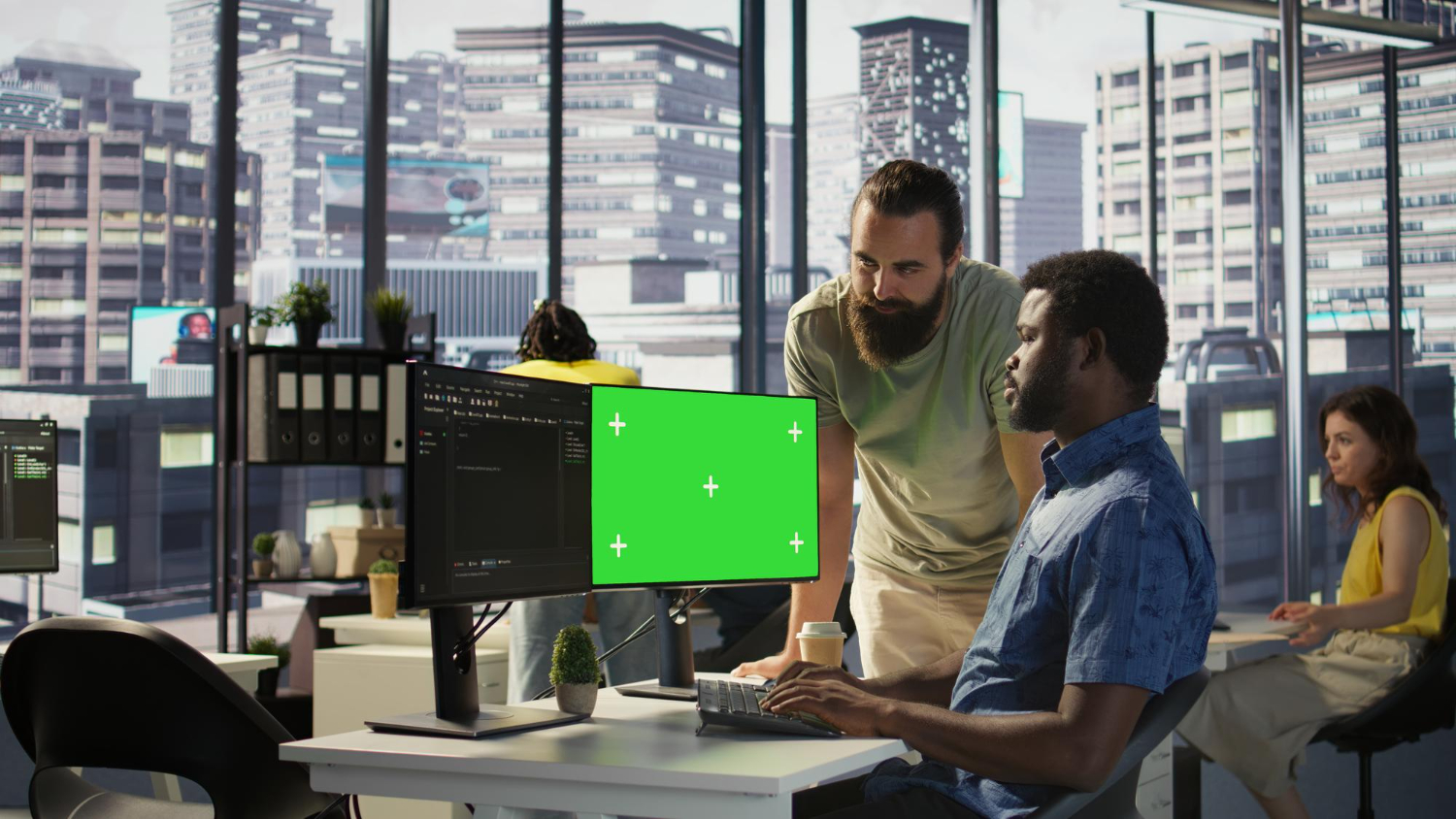Introduction: The Evolution of Songwriting
For centuries, songwriting has relied heavily on the creative instincts of composers and lyricists. With the rise of artificial intelligence (AI), however, the music-making process is undergoing a significant transformation. Among the most groundbreaking developments is text to music AI — a technology that can convert written lyrics or prompts into complete audio compositions.
This innovation doesn’t just generate melodies; it redefines who can create music and how. For developers, artists, and tech enthusiasts, AI music generator from text platforms present an exciting leap forward, turning simple inputs into expressive, complex soundscapes.
In this blog, we’ll explore how text-to-music AI is changing the songwriting process, the core technologies behind it, and its broader implications for the music industry.
The Core Technology: How Text Becomes Sound
At the heart of text to music AI is Natural Language Processing (NLP) combined with deep learning. Here’s how the process generally works:
-
Input Understanding
The AI reads a lyric or prompt, interpreting mood, theme, tempo, and genre suggestions based on context. For example, the sentence “A stormy night of broken hearts” might guide the system toward a moody, minor-key melody with slow tempo. -
Musical Mapping
Using pre-trained models (like GPT-4, MusicLM by Google, or Jukebox by OpenAI), the AI maps the text into sound. These models are trained on vast libraries of music and lyrics, allowing them to replicate musical structures, instruments, and even vocal styles. -
Audio Rendering
Once structured, the AI converts the generated notes and patterns into audio. This can involve MIDI rendering or even raw waveform generation using tools like Diffusion or GAN-based models.
Relevant Source:
-
OpenAI Jukebox
Why Songwriters and Creators are Turning to AI
Text-to-music AI isn’t just a novelty—it solves real problems:
-
Speed & Efficiency: Writing demo tracks or mood music can be accomplished in minutes.
-
Accessibility: Non-musicians can now generate quality music for podcasts, video games, or personal projects.
-
Inspiration: Artists facing creative blocks can use AI music generator from text tools as jumping-off points.
-
Customization: Tailor-made music can now be created based on very specific lyrical or emotional cues.
CLAILA encourages creators and technologists alike to explore how these tools can enhance—not replace—human creativity.
Use Cases in the Real World
Here’s how different industries are leveraging text-to-music AI:
1. Indie Musicians & Bedroom Producers
Artists with limited resources can now produce background scores or demo versions of songs without hiring session musicians.
2. Content Creators & YouTubers
Need royalty-free music to match your voiceover tone or narrative style? Just input a text description and let AI do the rest.
3. Game & App Developers
Video games now use adaptive music systems powered by AI to generate real-time soundscapes that respond to user behavior.
4. Education & Therapy
Teachers are using AI-generated music to help students understand musical concepts, while therapists are using it for mood modulation in treatment settings.
Relevant Source:
Limitations and Ethical Considerations
As promising as it is, text to music AI still comes with caveats:
-
Lack of Emotional Nuance: AI may struggle to interpret subtle cultural or emotional references in lyrics.
-
Originality Concerns: Some fear overfitting or plagiarism if models are too heavily trained on existing works.
-
Ownership & Copyright: Who owns the music created by an algorithm? Laws are still catching up.
Moreover, there are philosophical questions about authenticity. Can a machine truly feel music? For many, the answer matters deeply.
Relevant Source:
How to Use Text-to-Music AI: A Quick Guide
If you’re new to this space, here’s a step-by-step way to start using AI music generator from text tools:
-
Choose Your Tool
Platforms like Soundful, Beatoven.ai, or the AI Lab at CLAILA offer beginner-friendly interfaces. -
Input Your Text
Write lyrics, moods, or descriptive prompts like “epic orchestral background for space journey.” -
Select Genre and Tempo
Most platforms allow genre filters (electronic, jazz, classical) and BPM adjustments. -
Generate and Edit
Review your generated track. Some tools allow you to re-edit, add effects, or adjust arrangement layers. -
Export or Integrate
Use it directly in your project or export it as audio/MIDI files for further tweaking.
CTA
Start experimenting with generative music today on CLAILA, where developers and artists collaborate to test the boundaries of sound and text.
The Future of AI in Music Composition
The role of AI in songwriting is still evolving. Future developments are likely to include:
-
Real-Time Collaboration Tools: Live jamming sessions between human artists and AI companions.
-
Emotion-Aware Composing Engines: AI that can detect real-time mood changes and adapt the music accordingly.
-
Integration into DAWs (Digital Audio Workstations): Seamless plugins that allow AI music generation directly within tools like Ableton Live, FL Studio, or Logic Pro.
Relevant Source:
Frequently Asked Questions (FAQs)
1. Can AI replace human songwriters?
Not entirely. AI can assist in generating base ideas, melodies, or arrangements, but emotional depth and context often still require a human touch.
2. What’s the difference between AI music and algorithmic composition?
Algorithmic composition follows fixed rules, while AI music (especially text to music AI) involves machine learning and adaptation based on data.
3. Are there free text-to-music AI tools available?
Yes, some platforms offer limited free use. Examples include Magenta Studio, Beatoven.ai (limited tier), and parts of OpenAI’s Jukebox demo.
4. Is the music created by AI royalty-free?
This depends on the tool’s licensing. Some offer royalty-free output, while others retain certain usage rights. Always read the terms of service.
5. Can I use AI-generated music for commercial projects?
Most tools allow this with paid subscriptions, but again, check licensing. Platforms like CLAILA prioritize clarity and transparency in this area.
Conclusion: Bridging Creativity and Code
Text-to-music AI stands at the crossroads of human imagination and technological innovation. Whether you’re a musician, developer, or storyteller, these tools offer unprecedented creative freedom. But like any tool, their true power lies in how we choose to use them.
Embrace them not as replacements, but as collaborators — silent partners in your musical journey.
CTA
Explore the boundaries of songwriting, sound, and software with CLAILA — where music begins with your words and ends in a masterpiece of sound.


